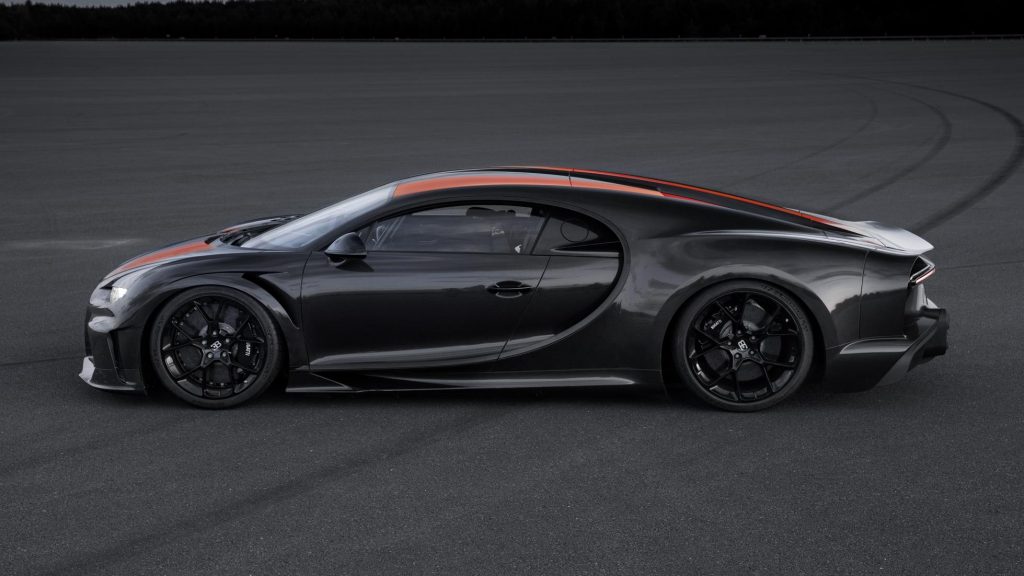
Airflow is invisible to the human eye – but it plays an influential role in vehicle performance. While the effects are not always obvious, they are important to understand. Positive airflow is a great way to improve aerodynamics while mitigating any negative airflow.
One great way to understand the importance of aerodynamics is by simply holding your hand out of the window while driving down the highway. Aerodynamics will change in proportion to airspeed squared, so an increase in speed is an increase in force. Air will flow around the entirety of the car, so it greatly affects performance. This is from the windshield to bumper! With that, everything plays a role in the aerodynamic performance of the car.
Finding the areas of the car affecting aerodynamics allows you to correct airflow. You can even look into modifications to bring your car to the front of the pack.
Wind Resistance Is Not Key
When cars were first designed, they were boxy and not aerodynamic at all. Over time, the shape became smoother with airflow in mind. Nowadays, cars are designed with wind resistance in mind.
Wind resistance is not key in aerodynamics. The design of the car should be to reduce resistance in order to increase speed and performance. This can be accomplished in a number of ways – including custom windshield design from specialty manufacturers like Auto Glass Pro, where they design windshields with resistance in mind.
Certain experts are well-equipped to provide consultation services on what type of windshield will improve vehicle performance. The goal is to find the design, shape, and outcome that decreases wind -resistance and increases vehicle performance.
Keep the Balance
Without getting too technical, the aerodynamic downforce on the axles affects the balance of the car. As the car goes faster, this aerodynamic force affects its ability to take high-speed corners.
Downforce improvement should be done to both the rear and front of the vehicle to balance out the changes. If the ratio is even, the force will be even. If it is not even, you might find it harder to manage the vehicle at high speeds.
Avoid Stalling
Just like with flying a plane, a stall can cause a loss of lift. A stall in the air brings a gut-wrenching drop. It occurs when the boundary level on the wing surface is not attached through the local flow field and with rapid deceleration.
Translating this to cars means looking at wings on vehicles. Car wings are at a constant angle and generate airflow under flap and wing. Aerodynamics demands deceleration in a controlled fashion. If a car decelerates too quickly, it will stall out, just like a plane.
Controlled Drag
Induced drag occurs when a lift or downforce causes drag. It is a common source of drag on a race car. It is a high-payoff modification to focus on reducing it. At the same time, downforce can make the car faster. This calls for a compromise.
Car performance parameters and lap time often correlate with the power-to-weight and downforce-to-drag ratios of vehicles. Finding the right compromise is important if somewhat difficult.
Pressure Drag
Another type of drag is pressure drag. This occurs when airflow does not fully attach to a surface completely. For example, a full-bodied car has pressure drag on the back end. It also occurs with steps and gaps between windshields, windows, and body panels. Air also squeezes out of various gaps on the top, bottom, and sides of the vehicle.
This is why it is important to seal those gaps and improve performance. This sealant can be in the form of an aerodynamic windshield and intentional modifications.
Learn More
Aerodynamics can become highly scientific in no time. To fully understand how it impacts your car’s performance, simply take the time to learn more. This will help aerodynamics become less of a mystery and more of a tool.
